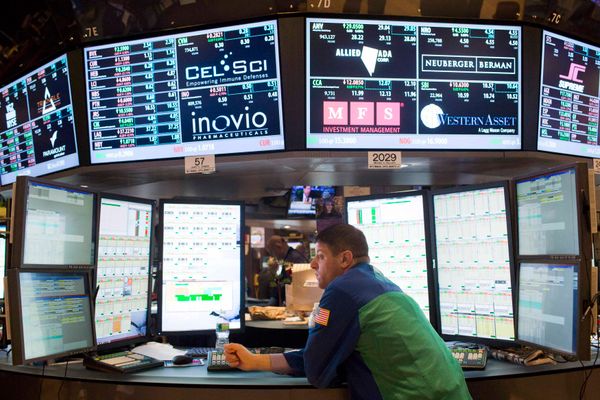If you've ever listened to the financial reports on the news or personally traded stocks, you know that there are places called stock exchanges. For example, you've probably heard of the NASDAQ stock exchange, also known simply as the NASDAQ, which stands for National Association of Securities Dealers Automated Quotations System. It's the place where people go to buy and sell shares of stock.
Advertisement
But have you ever wondered how a stock exchange actually works? It uses remarkable and highly reliable computer systems to handle the exchange of stocks between buyers and sellers, and to set opening and closing prices. In this article, we'll take a high-level view of the different services and techniques that the NASDAQ stock market uses for those transactions. For starters, where do all of these stock shares come from? The shares of stocks being bought and sold belong to the companies listed on the NASDAQ exchange. To take a step back: if a company wants to go public, it chooses the exchange where it will be listed -- that is, where it will sell its shares. Several thousand companies have chosen NASDAQ.
But if you look at the NASDAQ MarketSite Tower from 20,000 feet, you realize that the apparently simple act of providing a stock exchange actually has three separate components:
- The interface -- The place where broker dealers and market makers gain access to the system.
- The matching engine -- A computer that connects buyers and sellers when their prices match.
- Quote services -- Data feeding the buy and sell price quotes that NASDAQ provides.
There are many other services provided inside the exchange, of course, including MarketSite broadcasting, record keeping, and backup services. But the three services described above are the most important. Let's look at each of them in detail.
Advertisement


